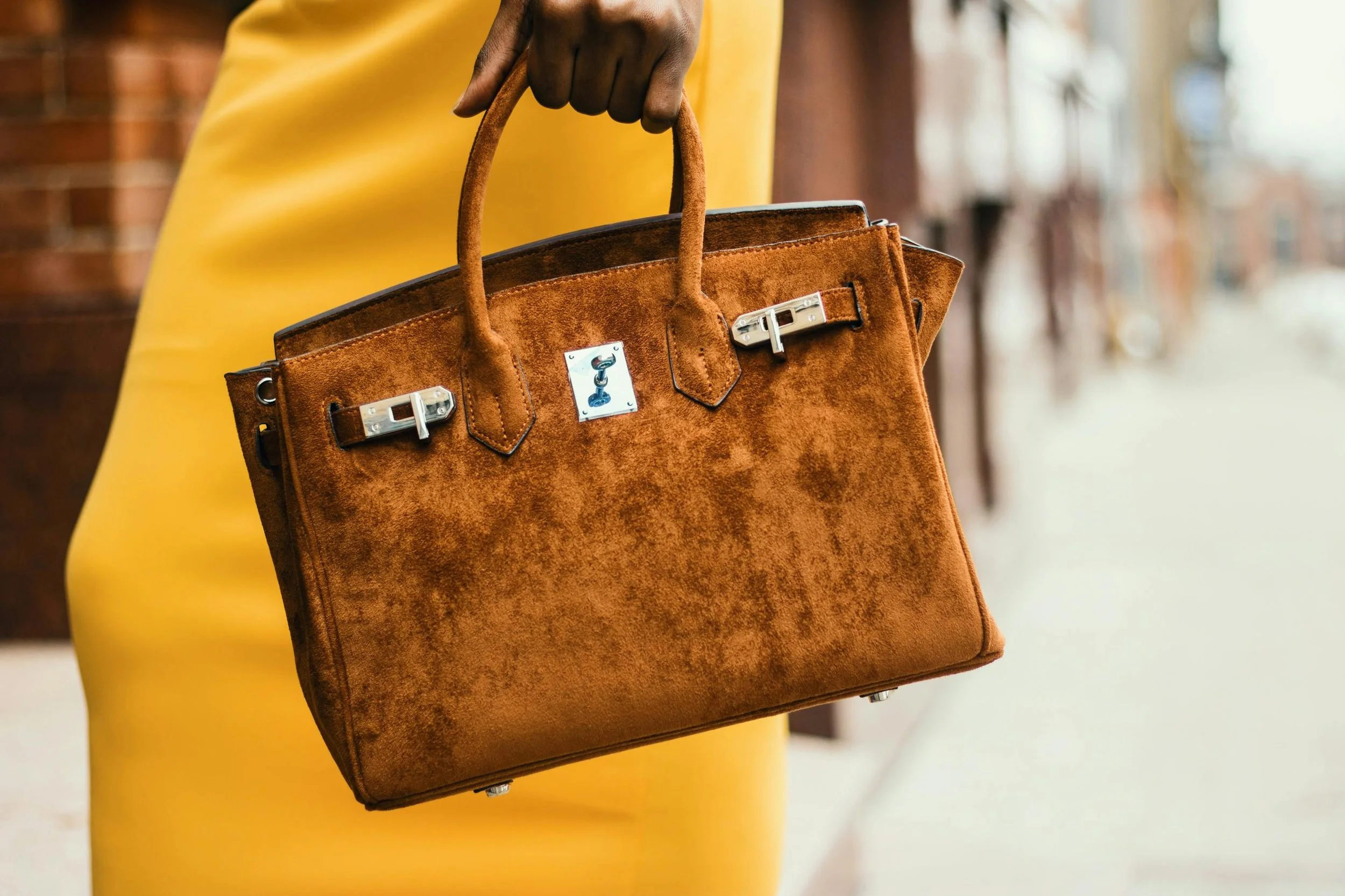“Join the Waitlist”: The Ultimate Power Move in Modern Branding
In a world where Amazon can get anything to your door in 24 hours and TikTok trends come and go in minutes, what’s the one thing that still stops us in our scroll?
Something we can’t have.
Enter: exclusivity branding.
At its most seductive, this is marketing not by volume but by velvet rope. Think: artisan fragrance brand Ffern, whose bottles are only available to those on their tightly curated seasonal ledger. Or the Hermès Birkin bag, a legendary status symbol not for sale so much as bestowed upon the deserving. The result? Products that aren’t just purchased, they’re earned.
But what makes us obsess over these hard-to-get objects, even more than their unlimited counterparts? Let’s unpack the brain science, business brilliance, and brand storytelling behind modern-day scarcity.
Ffern: The Seasonal Scent You’ll Chase Like a Comet
Ffern makes JUST enough of their batch perfume based on their ever-full waitlist.
Ffern doesn’t just sell perfume. They offer it four times a year, in batch runs so limited they literally make just enough for the people on the ledger. You don’t “shop Ffern.” You “get on the list.” You’re notified when it’s your turn. It’s elegant. It’s minimal. And it is a masterclass in restraint.
What’s really happening here?
Scarcity psychology.
A phenomenon that stems from behavioral economics and good ol’ caveman instincts. The less there is of something, the more our brain interprets it as valuable. Whether it’s a rare flower, a limited-edition Jordan, or a seasonal perfume, scarcity signals status, urgency, and uniqueness.
Translation: FOMO is not just a buzzword—it’s a sales strategy.
Birkin Bags: If You Know, You Know
Credit: Pexels, Creative Commons License
Now let’s take it up a notch: the Birkin bag. There is no “add to cart” button. No official waitlist. No public pricing sheet. You don’t buy a Birkin. You get offered a Birkin. And only after cultivating a relationship with Hermès through purchase history, in-store visits, and what can only be described as luxury-level flirting.
After listening to Tori Dunlap and JVN talk at length on her podcast about establishing a ‘relationship’ with a ‘SA’ (that’s sales associate for the unindoctrinated) before buying her Birkin it got be thinking…
Why do people jump through hoops to spend five figures on a handbag?
Because the Birkin isn’t a bag, it’s a badge.
The psychology here is twofold:
Social Proof & Status Signaling: The fewer people who have it, the more elite you appear.
Effort Justification: The more time, money, and energy you pour into something, the more valuable it becomes in your own eyes.
Hermès has turned the idea of “access” into an identity. You’re not just a customer. You’re part of the club. And for some, that’s the real product.
Scarcity Is Sexy. But Only When It’s Strategic.
Let’s be clear: not every brand should start locking up inventory behind exclusive velvet ropes. Scarcity without substance can backfire (just ask any brand that’s faked a “sold out” notice and got caught).
But when executed with intention and integrity, scarcity becomes less about manipulation—and more about meaning.
Here’s how:
It elevates the brand experience.
Ffern’s ledger feels more like a secret society than a checkout process. It tells you: this isn’t for everyone. And don’t we all want to be not everyone?
It increases perceived value.
Less available = more special. And if it’s special, it’s worth more money, time, and emotional investment.
It builds community.
There’s a thrill to being part of a select group. Whether that’s the 2,000 Ffern customers each season or the inner circle of a luxury boutique, it taps into our evolutionary need to belong—to something better.
It gives brands permission to slow down.
Ffern doesn’t mass-produce, and that’s the point. Slow, sustainable, small-batch—these all signal care, craft, and consciousness.
So, How to Use Scarcity Without Feeling Sleazy
If you’re a small business or solo brand wondering if scarcity marketing is for you, ask yourself:
Can I offer a limited quantity without compromising accessibility or fairness?
Does this scarcity align with my production model, ethics, and audience?
Is there a way to make this feel like a privilege, not a pain point?
If the answer is yes, you might just have a Ffern-style following in your future.
What the Birkin and Ffern Teach Us About Desire
At the heart of it all, exclusivity branding taps into a simple human truth:
We don’t want more.
We want meaning.
Scarcity, when paired with storytelling and soul, isn’t just about denying access—it’s about deepening desire. It reframes the product not as an object to own, but as an experience to earn.
And in a world of “add to cart,” there’s something irresistible about having to wait.


